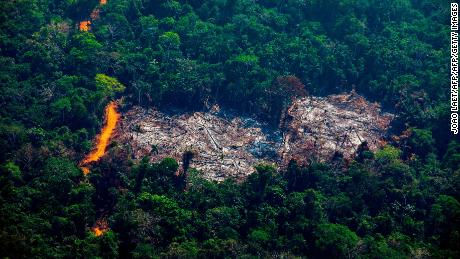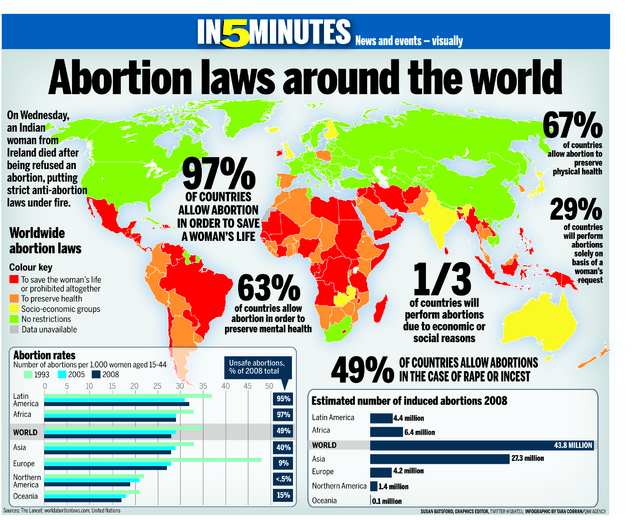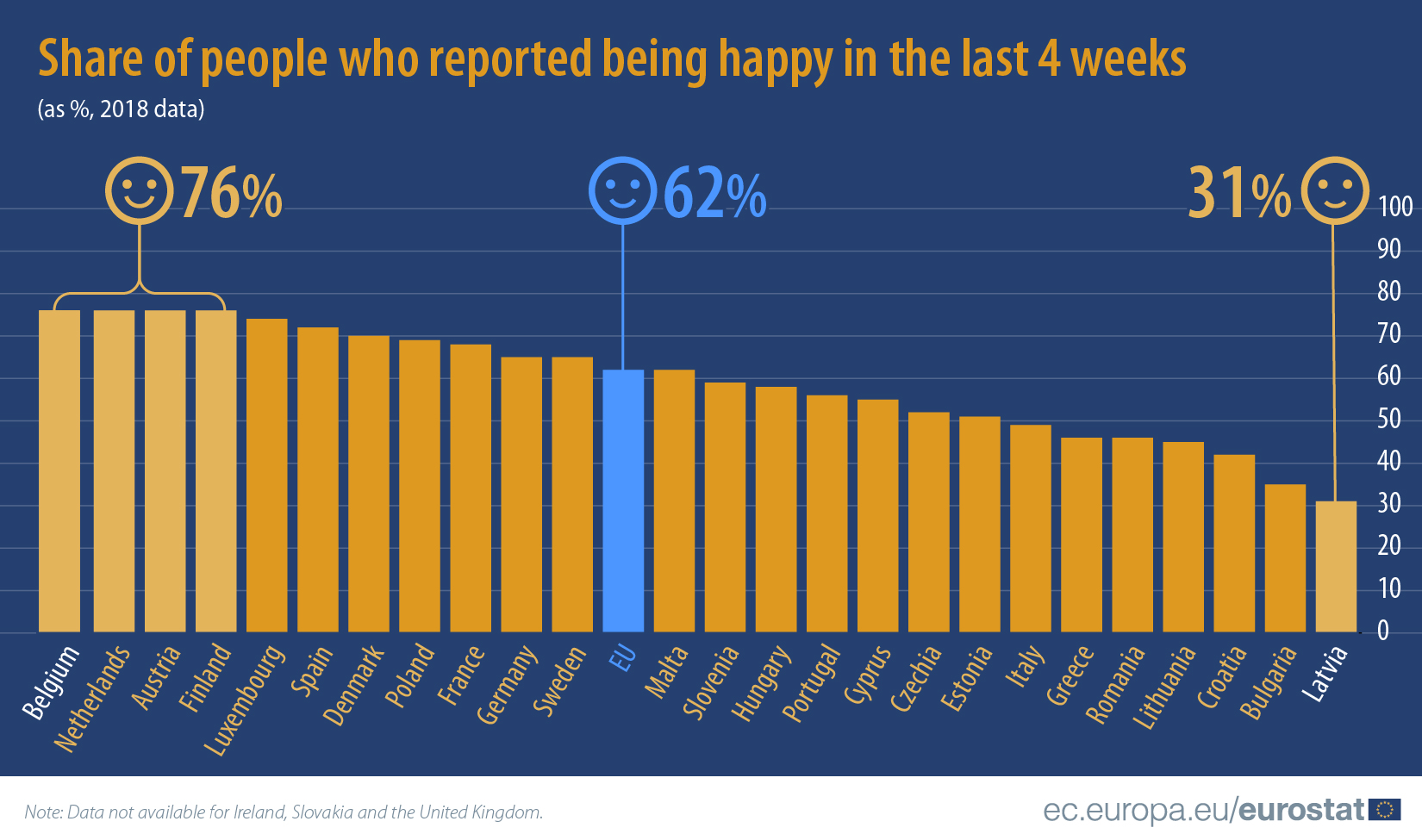The Spanish Flu Recent estimates suggest that this flu claimed as many as 50 million lives around the world between 1918 and 1919 killing more people in a single year than the entire Black Death of the 14 th century. Historian John Barry has tracked a previous severe outbreak of influenza in Kansas.
 1918 Flu Pandemic That Killed 50 Million Originated In China Historians Say
1918 Flu Pandemic That Killed 50 Million Originated In China Historians Say
The first apparently originated in early March 1918 during World War I.

Where did the 1918 flu start. The first outbreak of flu-like illnesses was detected in the US. The first hit the United States in the spring of 1918 but was mild and went almost unnoticed. Spanish flu struck in waves.
This strain was so infectious that by the end of October it had spread from coast to coast and had a morbidity rate of about 28 percent. Given these facts for decades China along with the American Midwest and Western Europe has been on the shortlist. According to new research by a Canadian historian the 1918 flu outbreak that killed 50 million people originated in China.
A second wave hit in the summer starting in late August in Boston. The 1918 pandemic struck in three distinct waves over a 12-month period. As the pandemic reached epic proportions in the fall of 1918 it became commonly known as the Spanish Flu or the Spanish Lady in the United States and Europe.
Hong Kong began culling 20000 chickens after the discovery of the H7N9 bird flu virus in a batch of live chicken from Guangdong. That name probably came from the fact that only Spain was publishing news about local flu. November 1918 was the deadliest month of the greatest pandemic in recorded history.
The 1918 influenza pandemic was the most severe pandemic in recent history. The 1918 influenza pandemic occurred in three waves and was the most severe pandemic in history. The first wave of influenza was comparatively mild.
In the United States it was first identified in military personnel in spring 1918. Although it remains uncertain where the virus first emerged it quickly spread through western Europe and by July it had spread to Poland. On its centennial anniversary it is worth remembering the history of the.
At the time there were no. It was caused by an H1N1 virus with genes of avian origin. Many assumed this was because.
In March with more than 100 cases reported at Camp Funston in Fort Riley Kansas. Although some researchers argue that the 1918 pandemic began elsewhere in France in 1916 or China and Vietnam in 1917 many other studies indicate a US. Outbreaks of flu-like illness are first detected in the United States.
And it hit the inhabitants of Haskell County. However a first wave of influenza appeared early in the spring of 1918 in Kansas and in military camps throughout the US. Although there is not universal consensus regarding where the virus originated it spread worldwide during 1918-1919.
The 1918 flu was a strain known as H1N1. Sporadic flu activity spreads unevenly through the United States Europe and possibly Asia over the next six months. The 1918 flu was first observed in Europe the United States and parts of Asia before swiftly spreading around the world.
Was engaged in WWI. The name of Spanish Flu came from the early affliction and large mortalities in Spain BMJ10191918 where it allegedly killed 8 million in May BMJ 7131918. Few noticed the epidemic in the midst of the war.
More than 100 soldiers at Camp Funston in Fort Riley Kansas become ill with flu. This years dominant strain is H3N2. Within a week the number of flu cases quintuples.
It first appeared in the spring of 1918 in North America and Europe largely in the trenches of World War I then reemerged. Everyone seems to agree that the 1918 flu epidemic known as the Spanish flu didnt start in Spain. During 1918 the US.
Compared to the 1918 flu this year is not that bad Amy Seery Via Christi pediatrician and assistant. It began in January 1918 a few months before the outbreak in the military camps. The 1918 flu pandemic struck in three waves across the globe starting in the spring of that year and is tied to a strain of H1N1 influenza ancestral to ones still virulent today.
The Spanish flu from Haskell Kansas to the world.









































